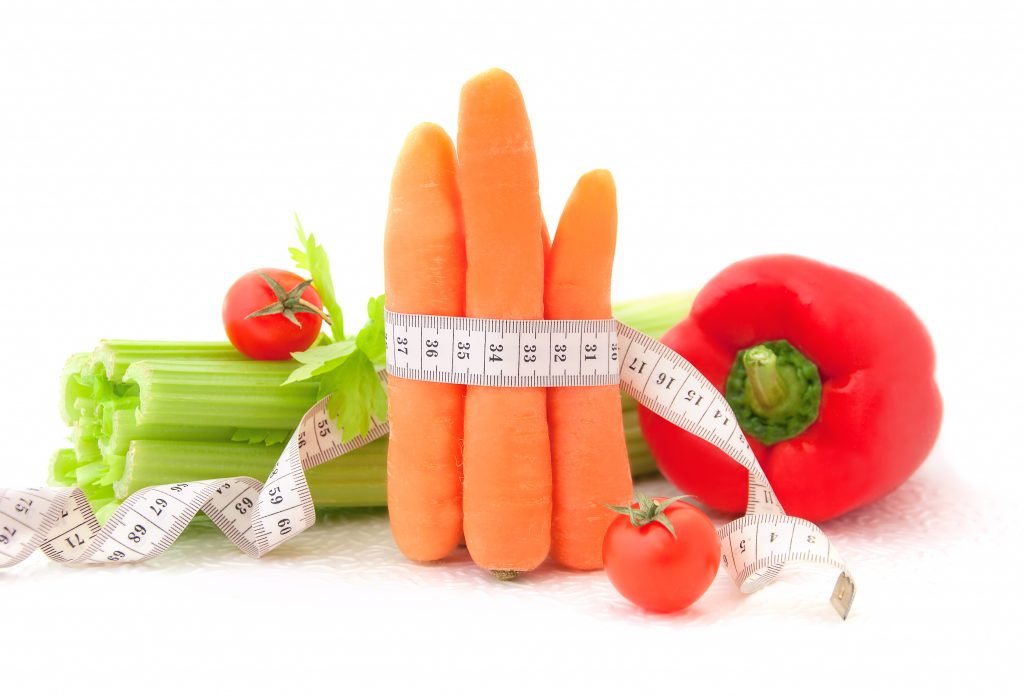A Beginner’s Guide to Weight Loss, Cellular Cleansing, and Detox

|
This article was updated on 01/09/21.
Ads we feature have been independently selected and reviewed. If you make a purchase using the links included, we may earn commission, which helps support the site.
Fasting, or abstaining from eating for a period of time, has always had a place in human history. Sometimes it’s for religious reasons. Matthew 6:16-18 does not tell us that we have to fast. However, He expects that we will. He said, “when you fast…” So, just an expectation. But in a broader scope, most people today explore intermittent fasting for weight loss and a method of liver detox. As a bonus, there are other health benefits that we will go into. There’s inspiration on many levels.
Intermittent Fasting Methods
- The 16/8 method. This is the most popular method primarily because it is the easiest to do. With most of us spending an inordinate amount of time at home and away from fast food distractions because of the COVID-19 pandemic anyway, it’s easy. This method entails eating your first meal of the day at noon (lunch), and the last one around 8 PM (dinner). Do this every day. Water, coffee, and unsweetened tea are fine during your fast.
- The 5:2 method. Your week looks like this — you eat normally except on Tuesday and Friday where women eat just 500 calories and men just 600 calories. You might have heard it called called the Fast Diet; it was popularized by British journalist Michael Mosley. Dietitians recommend these foods.
- The eat, stop, eat method. This is just like the 5:2 except that you fast completely on Tuesday and Friday. For example begin fasting after dinner on Monday and go until dinner on Tuesday. You might find this one difficult to stick with this form of diet faithfully but if you resolve to make it a habit it will get easier.
- The alternate day method. Eat normally one day, fast the next. Repeat. Over and over. In some interpretations, some few calories are allowed on fasting days.
- The warrior diet. Every day you get to eat a large dinner but only small amounts of raw fruits and vegetables during the day.
- Spontaneous meal skipping. Here you get to eat normally but skip breakfast one day per week and dinner another day. When you do eat breakfast, try my homemade bread recipe. It’s loaded with good things.
Fasting Affects Your Hormones and Cells
Once you adopt one of these fasting methods and make it a habit, things start happening under the hood. If your main goal is to lose weight and shed pounds, there’s good news — your hormone levels change making stored body fat more available for fuel. Here are some other changes that improve your health.
- Gene functionality. There are changes in the function of your genes that are related to longevity as well as protection against disease.
- Human Growth Hormone (HGH) increase. This leads to both fat loss and muscle gain.
- Cells undergo repairs. As you fast, cells begin cellular repairs including autophagy, which is when your cells digest and eliminate older and dysfunctional proteins that have built up inside cells.
- Insulin levels change. Your insulin sensitivity gets better and your levels of insulin drop off dramatically. This in turn makes your stored body fat more accessible for weight loss.
Intermittent Fasting Promotes Detox
Intermittent fasting supports your healthy immune function. As you might suspect, healthy immune function is at the center of body detox. First of all, it promotes stem cell function and their ability to renew and repair themselves. Lab studies have shown that fasting correlates with fewer unhealthy cells. One study determined that just 3 days of fasting can quite literally regenerate one’s entire immune system! It showed that as the body “eats up” old immune cells, stem cell activity is increased. Just logical when you think of it. The stem cells then begin to create new immune cells which leads to the anti-aging effects of fasting.
Secondly, intermittent fasting has been shown to reduce the autoimmune response. It promotes cell repair during the cellular re-feeding phase. Third, fasting supports the production as well as the repair of white blood cells. White blood cells are especially important in the lymph system. They fight harmful invaders and work to keep the body healthy.
The take-away from all this is that if you are looking for a way to lose weight while generally improving your health, intermittent fasting is worth looking into. As with anything else, it is always a good idea to run it past your doctor. And when you do eat try to stick to organic food that has undergone minimal food processing if any at all.
References:
Others are Reading:
- Liver Detox – Fact or Fiction?
- Top New Year’s Resolutions; Path to Success
- Prebiotics, Probiotics, and Synbiotics; What Does It All Mean?
- How to Lower High Blood Pressure Naturally
- How to Stop Overeating
- 5 Foods Dietitians Recommend

Did you find this article helpful? Millions of readers rely on information on this blog and our main site to stay informed and find meaningful solutions. Please chip in as little as $3 to keep this site free for all.




 Kelly R. Smith is an Air Force veteran and was a commercial carpenter for 20 years before returning to night school at the University of Houston where he earned a Bachelor’s Degree in Computer Science. After working at NASA for a few years, he went on to develop software for the transportation, financial, and energy-trading industries. He has been writing, in one capacity or another, since he could hold a pencil. As a freelance writer now, he specializes in producing articles and blog content for a variety of clients. His personal blog is at
Kelly R. Smith is an Air Force veteran and was a commercial carpenter for 20 years before returning to night school at the University of Houston where he earned a Bachelor’s Degree in Computer Science. After working at NASA for a few years, he went on to develop software for the transportation, financial, and energy-trading industries. He has been writing, in one capacity or another, since he could hold a pencil. As a freelance writer now, he specializes in producing articles and blog content for a variety of clients. His personal blog is at 

 Kelly R. Smith is an Air Force veteran and was a commercial carpenter for 20 years before returning to night school at the University of Houston where he earned a Bachelor’s Degree in Computer Science. After working at NASA for a few years, he went on to develop software for the transportation and financial and energy trading industries. He has been writing, in one capacity or another, since he could hold a pencil. As a freelance writer now, he specializes in producing articles and blog content for a variety of clients. His personal blog is at
Kelly R. Smith is an Air Force veteran and was a commercial carpenter for 20 years before returning to night school at the University of Houston where he earned a Bachelor’s Degree in Computer Science. After working at NASA for a few years, he went on to develop software for the transportation and financial and energy trading industries. He has been writing, in one capacity or another, since he could hold a pencil. As a freelance writer now, he specializes in producing articles and blog content for a variety of clients. His personal blog is at 
















